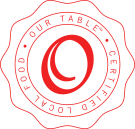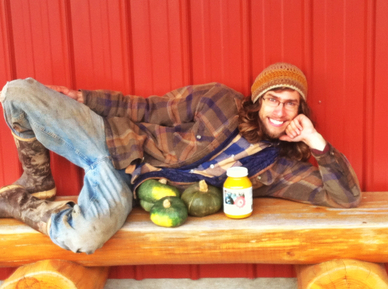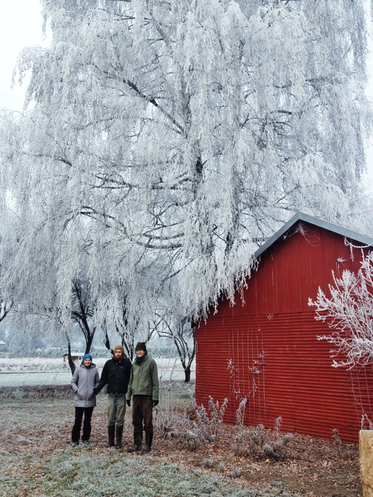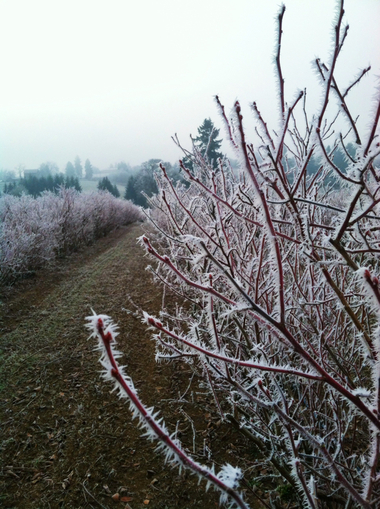Our Winter Squash Soup was months in the making with the launch falling right before the holidays. As we dug deeper into the details of soup production, I suddenly found myself in some foreign territory. Having worked in kitchens before, I was comfortable with the recipe development and production side of things. In fact, I reached out to a chef for whom I previously worked, Tressa Yellig at Salt, Fire & Time, to see if she would craft the recipe for us. Thankfully she agreed! With the soup in good hands, I realized that the uncomfortable part of the cooked food experience still remained in front of me: labeling and nutritional data.
I've never really shopped or eaten by way of nutritional panels. This is not to say that I don't consider them valuable, but I find that I either don't buy foods that require me to read them or foods that I buy just don't have them. So, needless to say, the task of creating a prepared food label that included nutritional data was extremely daunting. We had just gone through the entire labeling experience recently for our 5 lb. frozen blueberry bags; however, Narendra was at the helm of producing this label and it was a pretty straightforward process (i.e., the ingredients list for our frozen blueberries looked something like this: "Ingredients: blueberries"). For a cooked food product, labeling promised to be a bit more complicated.
The "Food Labeling Requirements and Guidelines" and the Food Safety Code, both documents courtesy of the Oregon Department of Agriculture (ODA), became my go-to resources. Pages of specifications on label font size, allergen identification and approved pull-date format made me feel as if I was learning another language. There were definitely moments when I doubted whether I understood and was properly applying the rules that were coming at me. I mean, there are entire departments composed of hundreds of employees in big food companies that focus solely on creating labels and panels based on these regulations. In our case, it was just me sitting in my drafty apartment under my electric blanket (this was during the mid-December freeze) attempting to do what they do. Yes, I would say that it's hard for the little guy to be a player in the prepared food space.
I think my biggest takeaway from this whole food labeling escapade is how complex it is...and that's because we've made it this way. I encountered rules over and over again surrounding preservatives, colorings and flavorings, and by what names they should be called as well as what to do when there are two or more ingredients contained in one. I ask you, where's the box to check to declare that the prepared food product was made with real food free of chemicals? I didn't fully understand it before, but learning the art of food labeling made me really see how food grown, raised or made based on natural farming and cooking rituals is not the status quo. Even though it's historically where we have come from, it's so far from where we are now. None of this was news to me, but after being knee deep in ODA regulations, it did break my heart a little.
After all this, when the day came that I finally got to hold one of those gold-colored soup jars with label and all, I definitely did a victory dance in my car. That label was a hard-earned achievement, hence why my family got an earful about it at Christmas, and I was so excited to see it shine on those jars. I know there will be more labeling in my future and, although I do still have a bit of apprehension surrounding the task, I have resolved to not allow myself to be intimated by the label. Little guys need labels too.
The "please don't ask me to label anything til after the holidays" marketing gal,
Gianna
On a final note...a big thank you as well to Sarah Masoni at the Food Innovation Center for generating our nutritional panel.















 RSS Feed
RSS Feed